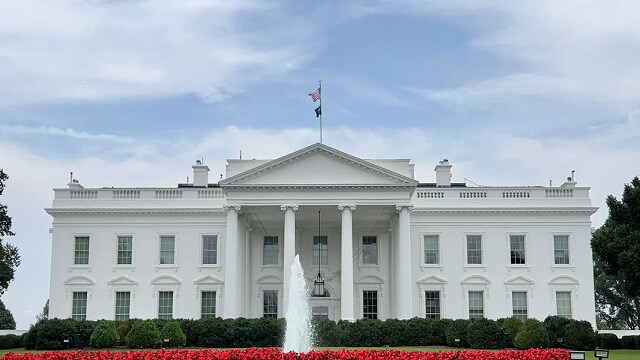The White House recently fell victim to a “swatting” incident, a dangerous online prank that involves the false reporting of an emergency to prompt a large-scale response from law enforcement and other first responders. In this specific case, a fake 911 call claimed that a fire at the White House had trapped someone inside the building, leading to the dispatch of multiple emergency units to the scene. Fortunately, the report was swiftly determined to be false, but the incident underscores the serious and potentially deadly nature of swatting.
Swatting is a form of harassment that involves sending emergency services to an unsuspecting target’s location by reporting a false crime to authorities. The false reports are often of an intense or emergency nature, such as a bomb threat, hostage situation, or murder, to prompt a rapid and aggressive response from law enforcement. Swatting can be deadly and is considered a criminal offense in many jurisdictions. It has resulted in several deaths of people innocently targeted by SWAT teams. The term is derived from the law enforcement unit “SWAT” (special weapons and tactics).
Swatting has become an increasingly prevalent problem in the United States, with high-profile individuals and institutions being targeted. The term “swatting” is derived from the law enforcement unit “SWAT” (special weapons and tactics) and typically involves the use of false information to provoke an aggressive response, such as a bomb threat, hostage situation, or violent crime. Notably, the White House incident occurred while President Joe Biden was away, further highlighting the disruptive and potentially dangerous consequences of swatting.
This incident at the White House is part of a concerning trend of swatting incidents targeting public officials, including members of Congress and other prominent figures. The dangerous nature of swatting has drawn condemnation from law enforcement, government officials, and the public. The practice is not only a waste of valuable resources and a potential threat to public safety but also a criminal offense that can have severe legal consequences.
In light of the growing prevalence of swatting, there is an urgent need for enhanced measures to prevent and address these dangerous hoaxes. Law enforcement agencies, emergency services, and policymakers are increasingly focused on developing strategies to identify and deter swatting incidents, including the tracing of false emergency calls and the prosecution of those responsible for perpetrating these dangerous pranks.
The recent swatting incident at the White House serves as a stark reminder of the serious implications of this harmful practice. As efforts to combat swatting continue, raising awareness about the potentially lethal consequences of false emergency reporting is crucial to safeguarding public safety and preventing further incidents.
The White House swatting incident, along with other high-profile cases, underscores the need for robust measures to address this growing threat and ensure the safety and security of individuals and institutions targeted by these dangerous hoaxes.
The White House swatting incident, along with other high-profile cases, underscores the need for robust measures to address this growing threat and ensure the safety and security of individuals and institutions targeted by these dangerous hoaxes.


